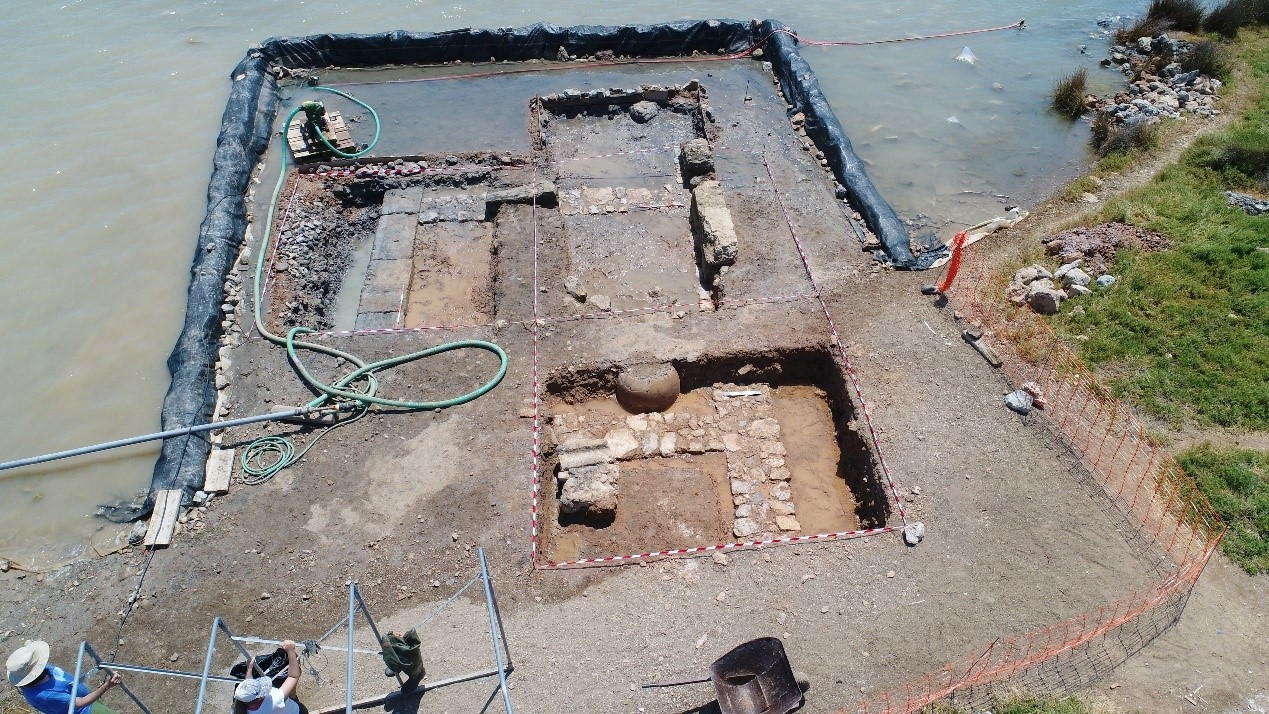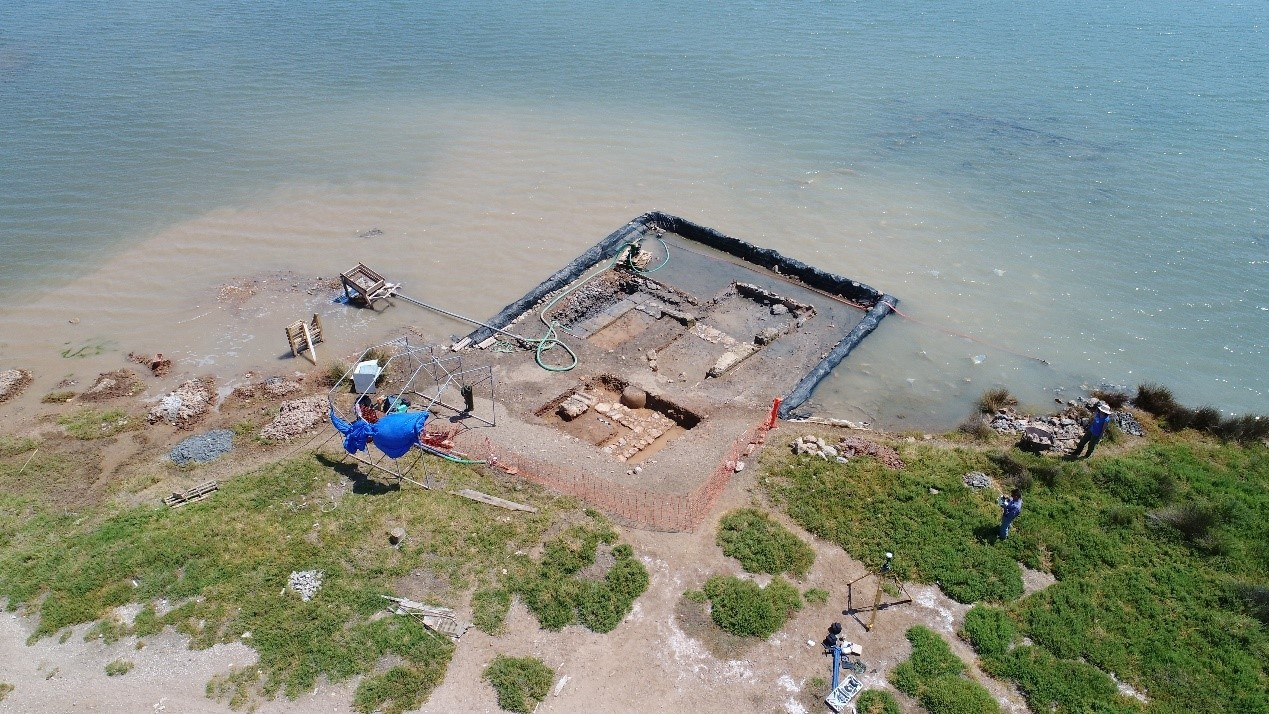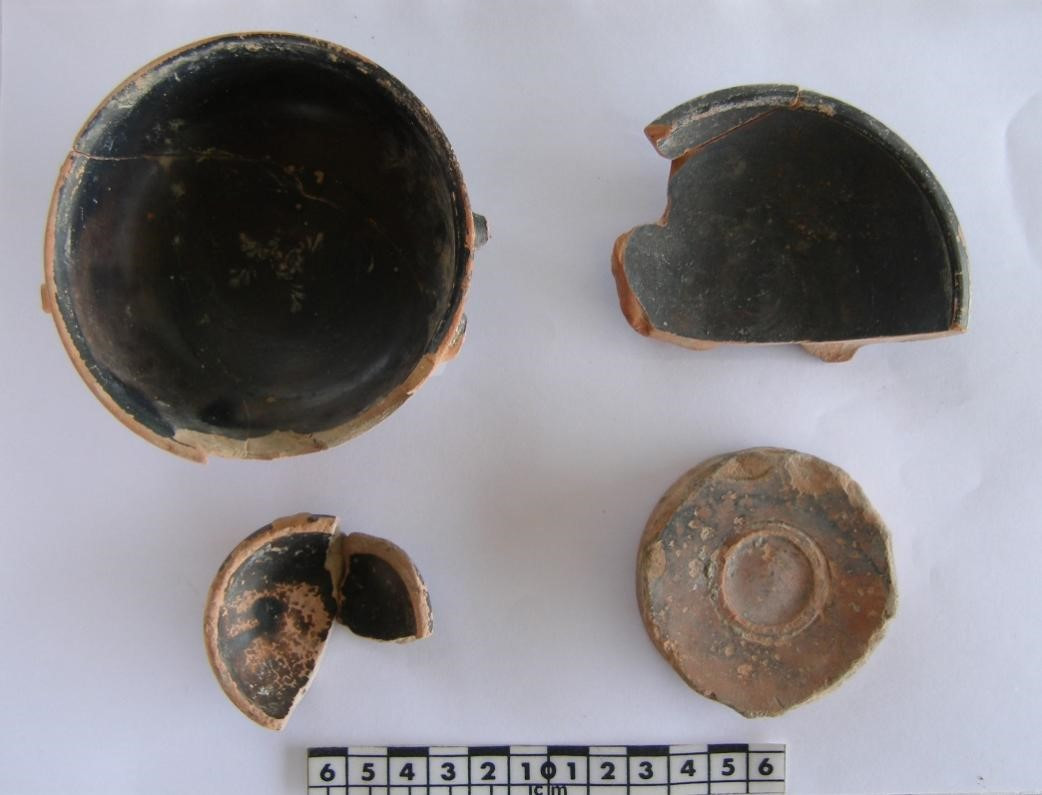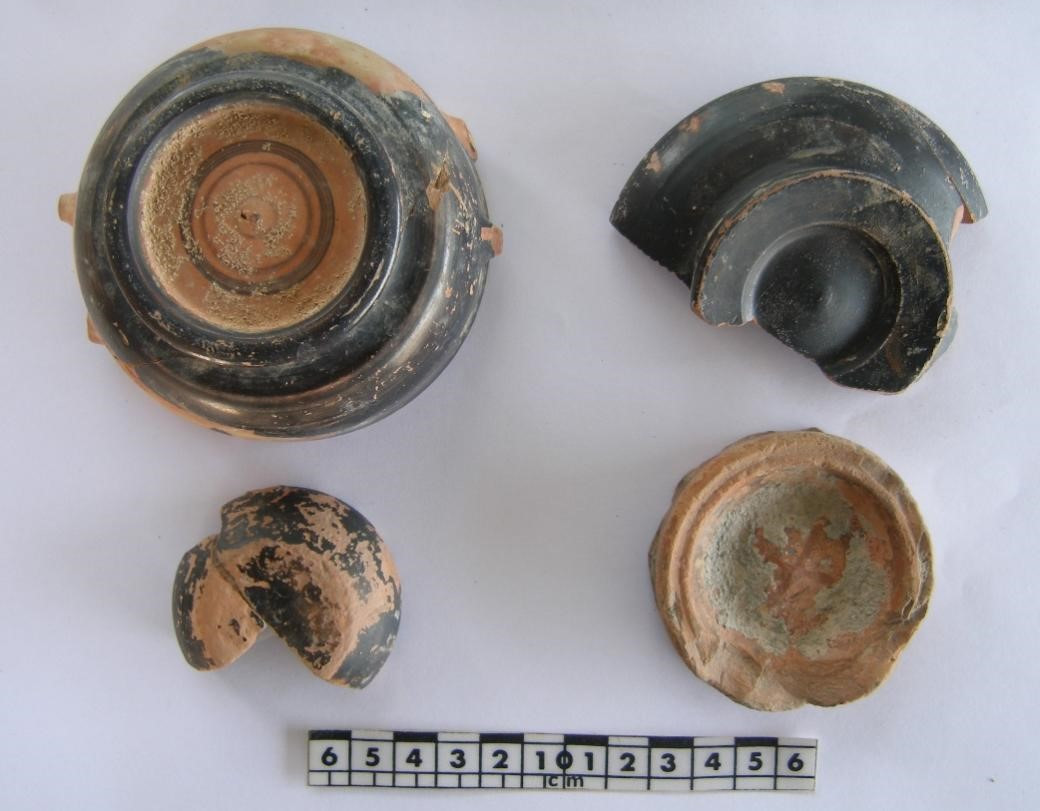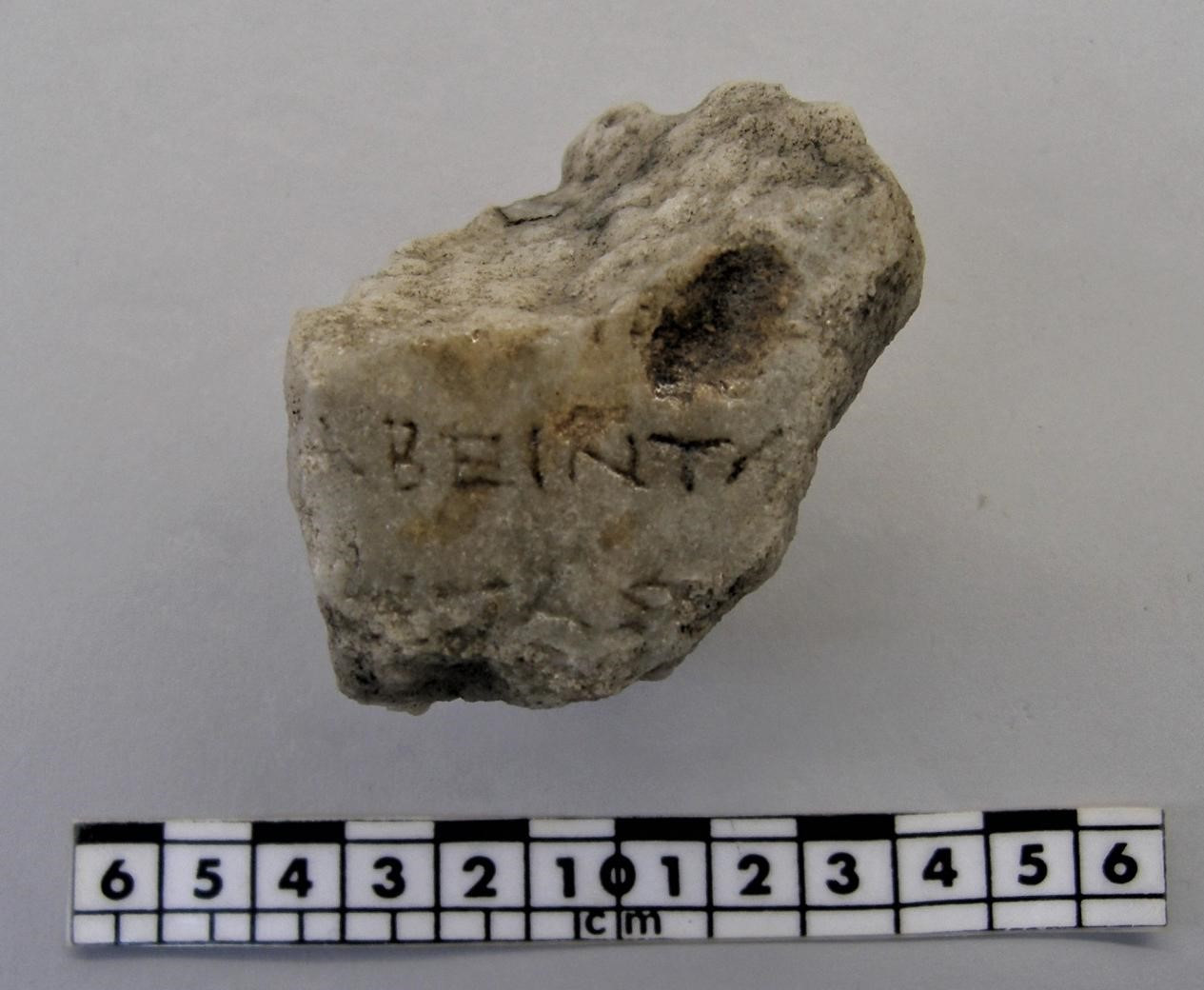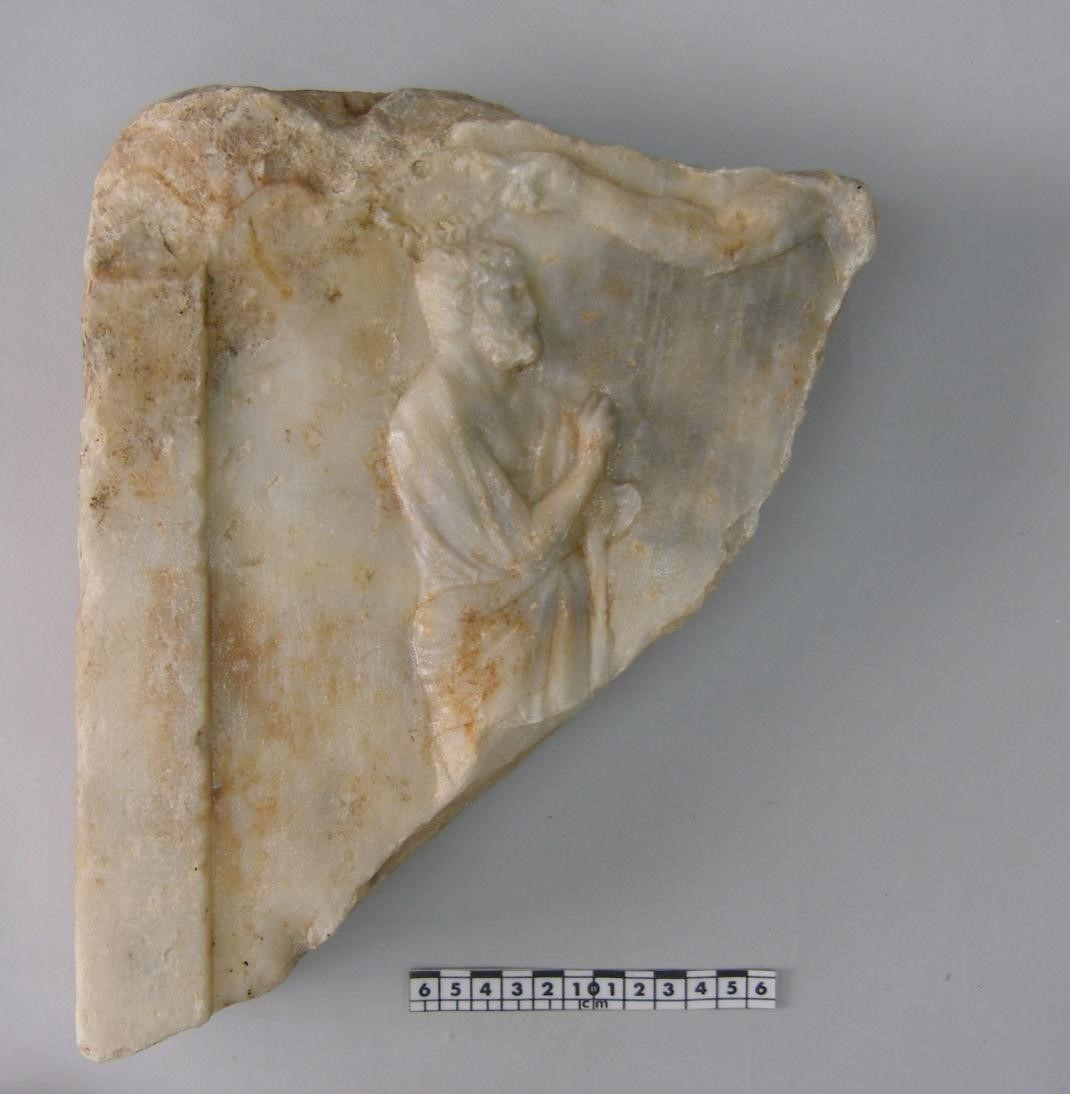The ceramic finds related to the function of the building include abundant fragments of vases of various types and ceramics from the Classical-Hellenistic period
Continued in July 2022, for the seventh year in a row, as part of a three-year program (2020-2022), the underwater research on the eastern shores of Salamis, as a collaboration of the Institute of Marine Archaeological Research (I.EN.A.E.) and the Ephoria of Marine Antiquities (E.E.A.) of the Ministry of Marine Antiquities, under the direction of Ms. Angeliki G. Simosi, Head of the E.F.A. of Piraeus and Islands, and of Giannos G. Lolos, Emeritus Professor of Prehistoric Archeology at the University of Ioannina and member of the Board of Directors. of I.EN.A.E., with Dr. Christina Marabea as the main collaborator, as field and documentation manager, and with the participation of archaeologists, other experts and technicians. It is the first interdisciplinary underwater research, carried out intensively (since 2016) by Greek agencies, in areas of the historic Strait, in the Ampelaki-Kynosoura marine area.
The 2022 underwater survey was successfully carried out by a 12-member team and took place on the north-western side of the current Ampelaki Bay, where, in recent years, sunken remains of the Classical city of Salamis have been systematically explored, including large sections of the sea wall, 3- 4 m., and other public constructions.
In particular, the excavation investigation of a large, long and narrow public building, partially submerged, with a general direction N.-S., in the northwest corner of today’s Ormos, in an area enclosed by the seawall (from the south and east), of whose course was fully documented in previous years.
The investigation of the building, based on a canvas with 4 x 4 m squares, was again carried out by applying an ‘amphibious’ excavation process, which combines means and techniques of terrestrial and underwater Archaeology, and was achieved by installing a dam and using 2 water pumps , for the daily dewatering of a sea field with a total area of 60 sq.m.
The building, with a constant width of 6 m, is traced so far, at a length of 32 m, with a certain architectural continuity to the north, on the seafront and with a square projection (wing) at its southern end. Based on the size, shape and arrangement of its spaces, as well as other elements, the revealed building presents all the characteristics of the Lodge.
Its interior includes a series of at least 6-7 rooms, of which were investigated: one (almost completely), with internal dimensions of 4.7 x 4.7 m., with a large storage pit, in a permanent position, in the N.W. corner of it, as well as parts of two others.
Of its solid walls, about 0.60 m thick, made of large hewn stone plinths, only one or two layers of stones are preserved today, while in the excavated part the western long wall and the transverse ones are based on a well-built foundation/base.
The ancient remains, as is the case with other adjacent structures, is stripped to a large extent of its building material, because the specific area has been a convenient field for obtaining building material throughout the ages, until the end of the 19th century.
The excavation investigation of the Stoa yielded a number of mobile findings. A large amount of pottery from various periods was unearthed, some of which, however, especially from the Early Byzantine and Medieval-Later periods, is undoubtedly portable material, drifted into today’s murky sea area.
The ceramic findings related to the building’s function include abundant fragments of various types of vases and ceramics from the Classical-Hellenistic period. More important is the set of Athenian colored vases and shells of the Late Classical period (4th century BC), from the level of use and foundation of the building. Many clay objects were also collected, mainly amphora stoppers, fragments of marble objects and 22 bronze coins, Athenian and others.
Of the marble findings, two are of particular importance and date back to the 4th century. e.g.:
a) Fragment of a column with part of an inscription (resolution), in 2-3 fragmentary verses, and
b) The upper part (title) of another stele, which would certainly bear an honorary resolution, with part of a relief representation, of which the bare muscular right hand of a large figure, possibly a hero (of Aiades?), crowning a standing bearded man is preserved. The scene directly refers to a corresponding relief representation on a marble stele, from 320 BC. approx., in the Archaeological Museum of Salamis (MP 4228), with the hero as the main figure, in the setting of the famous teenage festival of Aianteia.
The identification of the Stoa is a very important new element for the study of the topography and residential organization of the ancient city. It is open to the west and probably marks the eastern boundary of the Agora area of the Classical-Hellenistic city rather than the port, extending on generally level ground to the west/northwest of the building. Its ruins were seen and described, literally, by the traveler Pausanias (1.35.3) around the middle of the 2nd century. A.D. It is exactly the area, i.e. the low southwestern part of the Punta peninsula, that W. Kendrick Pritchett had proposed for the location of the Agora in 1959, based also on the observations of A. Milchhöfer (1895) and other earlier researchers.
The research team included:
Giannos G. Lolos and Angeliki G. Simosi (Director of Research), Christina Marabea (Dr. of Archaeology, responsible for fieldwork and documentation), Efi Ustabasidou (Archaeologist) and Anna Notia (Educator), key collaborators, Louiza Dimitriou and Panagiotis Davvetas (Archaeologists) ), Evangelos S. Kroustalis (Dr. of Archaeology, responsible for photogrammetric impressions), Chrysa Fousekis (Head of the E.E.A. Maintenance Department) and Irini Malliou (E.E.A. Conservator), Spyros Ayazi and Bilbil Mustafa (Workers) , Konstantinos Tsitlakidis (Night watchman of the work area).
Thanks are due to Dr. Eleni Banou, Head of the Ephorate of Marine Antiquities, for the cooperation and assistance, and to Mr. Charalambos Kritzas, Honorary Director of the Epigraphic Museum, for his willing opinion on the epigraphical and other finds and cooperation in general, as well as to the sponsors-supporters of the 2022 research: A. Martino (AEGEAS Company), Salaminos Passenger-Transport Consortium (I. Vassiliadis), I. P. Theodoropoulos, Metochion of the Holy Episcopal Monastery of Agia Skepi Keratea (f. Athanasios and N. Sardeli), A. Koutsiaris, K. Katsigianni, D. Christodoulou, X. Argyriou (D. Fratti and D. Kotseli), D. Koumbloudeli, S. Fouriki and D. Stanotas (ELLINOX), K. Tsitlakidis.
Source :Skai
I am Frederick Tuttle, who works in 247 News Agency as an author and mostly cover entertainment news. I have worked in this industry for 10 years and have gained a lot of experience. I am a very hard worker and always strive to get the best out of my work. I am also very passionate about my work and always try to keep up with the latest news and trends.


